The study forecast the post-tax net present value at a 5% discount rate would be C$266 million with an internal rate of return of 41.1% at a gold price of $1,530 per ounce. The mine would produce 100,000 oz. gold per year for the first five years and a total of 728,654 oz. over a 9.4-year mine life. Over the life of the mine, all-in sustaining costs would be $784 per oz. gold.
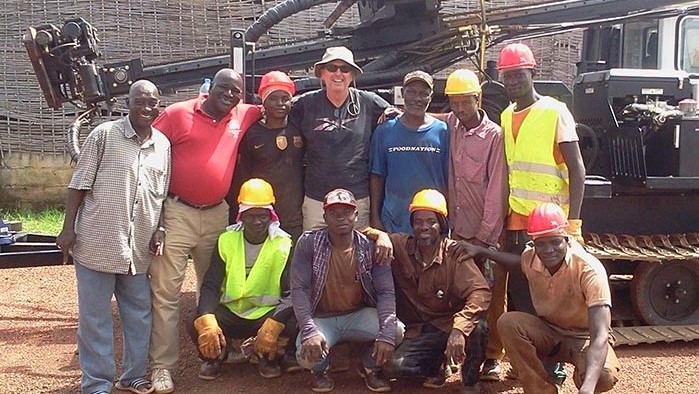
Kobada’s proven and probable reserves are estimated at 27.1 million tonnes averaging 0.87 grams gold per tonne, containing 754,800 oz. gold.
African Gold is currently updating the definitive feasibility study to add tonnage to reserves and expand resources. The company says considerable work will also be done to optimize mining and scheduling, refine the mineral processing flowsheet and engineering a larger tailings containment facility. Such work will support the mining of sulphide resources and their treatment in a carbon-in-leach (CIL) plant.
The company has a market capitalization of C$32.4 million.
Cobalt Blockchain
Cobalt Blockchain (TSXV: COBC; US-OTC: COBCF) plans to supply ethically sourced cobalt from the Democratic Republic of the Congo (DRC). The company and its partners have developed a blockchain-based certification method called Mintrax that will be piloted on its own operations.
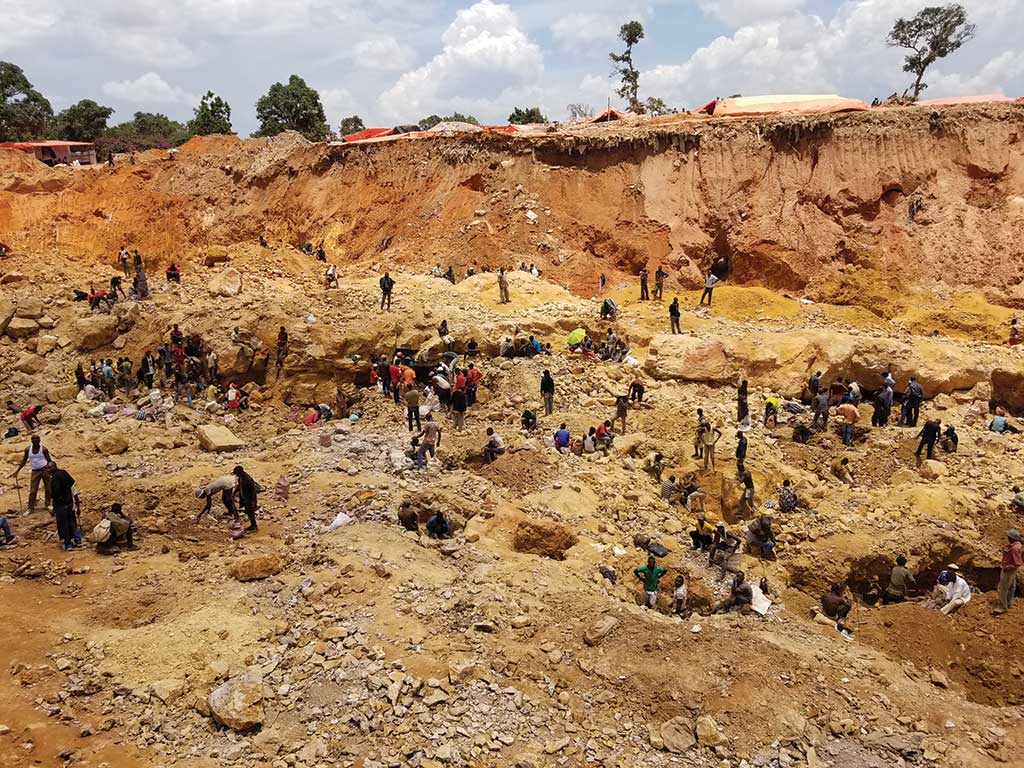
The company has two joint ventures totaling more than 48-sq-km in the DRC. It has a 70% interest (private partner 30%) in the operator Alpha Cobalt SAS about 50 km east of Kolwezi and 10 km from the Tenke Fungurume copper-cobalt mine, which is owned by China Molybdenum and a private Chinese equity firm. Cobalt Blockchain also holds an 80% interest in Cobalt Blockchain SAS with another private partner. These holdings cover two concessions in an area 50 km from Lubumbashi with active artisanal and small scale copper-cobalt mining.
In preparation for launching its Mintrax technology, perhaps as early as May this year, Cobalt Blockchain has strengthened its management team, created a special advisory committee, and settled its outstanding debt.
Cobalt Blockchain has a significant presence as a metals trading company in the DRC. It holds export licences for cobalt, copper, tin, tungsten and tantalum minerals.
Deep-South Resources
Deep-South Resources (TSXV: DSM) is advancing its flagship 100%-owned Haib copper-molybdenum project in Namibia.
In January 2021 an updated preliminary economic assessment was done for a bio-heap leaching project. The initial capital cost would be C$341 million to create a mine and mill that would treat 55,000 tonnes of ore per day over a 24-year mine life. With copper recovery at 85%, Haib would produce 2.2 billion lb. copper equivalent over its life. A lower mining rate would significantly reduce the capex requirement, the company says.
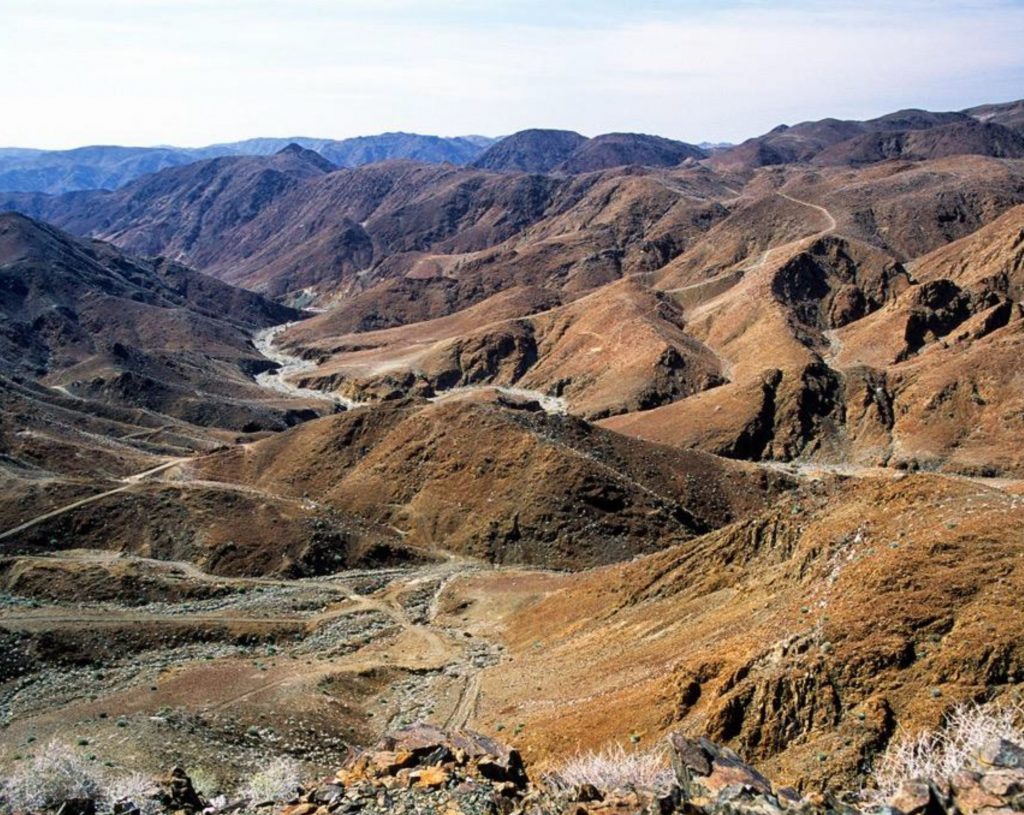
Deep-South has examined the project at four different copper prices producing widely varying economic scenarios. At a copper price of $2.25 per lb., the project has an after tax net present value (NPV) at a 7.5% discount rate of $439 million and an after tax internal rate of return (IRR) of 18.9%. At $3.00 per lb. copper, the after tax NPV jumps to $957 million, and the IRR to 29.7%.
The company says it has so far only scratched the surface of the 370-sq-km property, but has already outlined 3.1 billion lb. of copper in indicated resources (in 456.9 million tonnes at 0.31% copper) and 2.2 billion lb. in inferred resources (342.4 million tonnes grading 0.29% copper).
The porphyry deposit contains a 140 million tonne high grade zone with grades of between 0.5% and 1.0% copper in widths of up to 150 metres. The company says the high grade zone is expected to grow as infill drilling proceeds to determine a measured resource. The zone is open to the east and west with potential for two additional open pits.
Subject to funding, the definitive feasibility study is expected sometime in 2022.
Deep-South Resources has a market cap of about C$33.85 million.
Ethiopia and Tanzania are the focus for East Africa Metals (TSXV: EAM; US-OTC: EFRMF) where the company has three advanced projects. In Ethiopia the company’s 70%-owned Harvest and 100%-owned Adyabo copper and gold projects have mining licences and in Tanzania East Africa Metals’ 100%-owned Handeni project is a pure gold play.
The most advanced of these projects is Adyabo, where two mines — the Malo Bula pit and underground and the Da Tambuk open pit — are shovel-ready. Construction has been delayed until the Ethiopian government lifts its covid-19 travel bans. There will be a year of construction at both mines, according to the company, and together they are forecast to be mined at a rate to 300,000 tonnes per year.
The mill can be built in phases. The first will have a gravity-flotation flowsheet with anticipated recoveries of 70% for gold and 85% for copper. In the third year of operation, a carbon-in-leach (CIL) plant will be built to increase gold recovery to 90%, the company says.
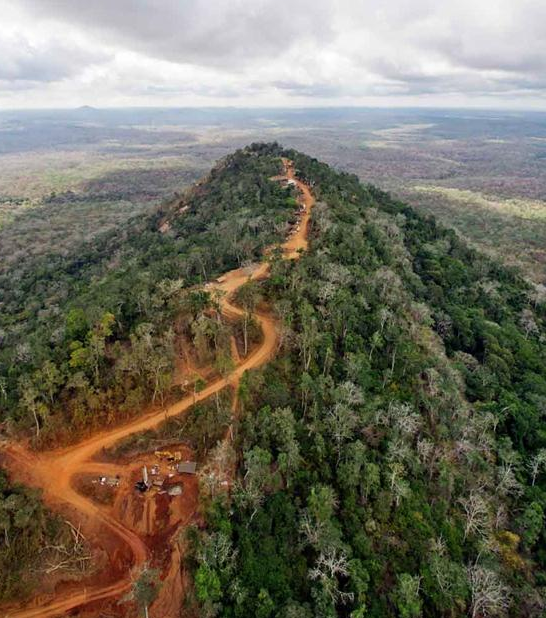
At the Handeni property, a reprocessing operation for tailings from the artisanal Magambazi gold mine was commissioned earlier this year. The operator, PMM Mining, plans to produce 10,000 oz. gold in the first year of operation and 20,000 oz. in the second. Thirty percent of the output will be sold to East Africa at the price of production plus 15% with third party smelting, refining, transportation and royalties minus by-product credits.
At the Harvest property, East Africa has prepared a preliminary economic assessment for the Terakimti heap leach project in 2018. The study outlined a post-tax net present value of $13.2 million at an 8% discount rate and an internal rate of return of 30.1%. The Terakimti oxide resource has 1.1 million indicated tonnes grading 3.20 grams gold per tonne, 23.60 grams silver per tonne, and 0.08% copper. There are also 15,000 inferred tonnes grading 1.94 grams gold, 13.50 grams silver, and 0.04% copper.
The primary sulphide resource, recoverable first by open pit and then underground methods, contains 1.8 million tonnes grading 1.06 grams gold, 17.50 grams silver, 2.20% copper and 1.65% zinc. The open pit portion contains 2.6 million inferred tonnes grading 0.96 grams gold, 20.60 grams silver, 1.09% copper and 1.42% zinc; and the underground resource is 939,000 inferred tonnes at 0.84 grams gold, 15.20 grams silver, 0.69% copper, and 2.92% zinc. The property lies in the highly prospective Asmara mineral belt.
East African Metals has a market capitalization of about C$64.8 million.
Endeavour Mining
Readers who follow Endeavour Mining (TSX: EDV; US-OTC: EDVMF) will know it as West Africa’s No.1 gold producer with 2020 output of 1.5 million oz. from eight mines: Houndé (90% ownership), Boungou (90%), Mana (90%), Karma (90%), and Wahngion (90%) mines in Burkina Faso; the Sabodala-Massawa (90%) in Senegal; and the Ity mine in Côte d’Ivoire (85%). These producing mines are all solid performers that are increasing ore production and have exploration for future growth.
Endeavour is also pursuing a number of greenfield opportunities, the most advanced being the Fetekro (80%) gold project in Côte d’Ivoire. The prefeasibility study has been updated this year for a multi-million-ounce project. The latest update also proposes doubling the mill capacity, a change that would boost production by 76% to 209,000 oz. annually. A solar hybrid power plant is also planned.

Endeavour puts Fetekro’s proven and possible reserves at 31.9 million tonnes grading 2.07 grams gold. A three million-tonne per year plant would operate with that material for 9.5 years. A definitive feasibility study is due by the end of 2021.
The Kalana (80%) gold project has the potential to produce 150,000 oz. per year, according to the company. The reserve estimate was updated earlier this year to proven and probable reserve of 35.6 million tonnes grading 1.6 grams gold per tonne for 1.8 million oz. gold, enough to support a mine life of 11 years. Endeavour expects to complete a definitive feasibility study on Kalana in the first quarter of 2022.
Endeavour’s pipeline for future production holds a great deal of promise. Endeavour has earlier stage exploration projects in Burkina Faso (Bautou and Nabanga) and Côte d’Ivoire (Afema and, with Barrick Gold, Sissedougou-Mankono). It has additional exploration properties in Mali, Guinea, Niger and another in Burkina Faso.
Endeavour CEO Sebastien de Montessus was named The Northern Miner’s Mining Person of the Year for 2020.
Endeavour Mining has a market cap of about C$6.8 billion.
Global Atomic’s (TSX: GLO; US-OTC: GLATF) flagship asset is the Dasa uranium project in Niger. The environmental impact statement has been submitted and approved and a mining permit was issued in December 2020. The current exploration permits have been extended until the end of 2023.
The Dasa deposit is sandstone hosted with several horizons ranging from Jurassic to Carboniferous in age. There are low levels of deleterious elements such as molybdenum or vanadium. Uranium recovery is expected to be well above 90%, the company says.
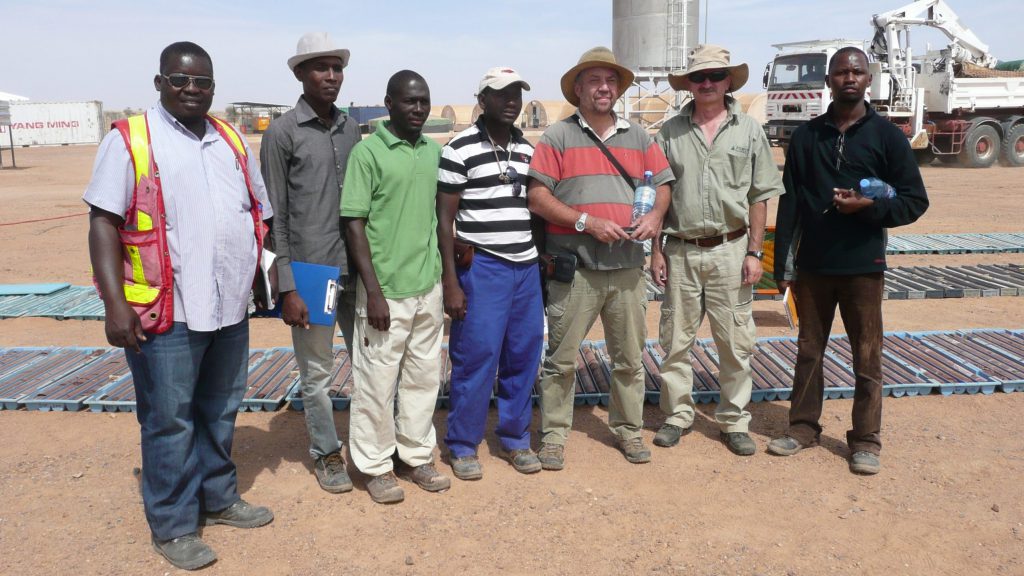
According to the preliminary economic assessment prepared a year ago, first phase of production would see the establishment of a mine with a 12-year life that would produce 44.1 million lb. uranium oxide (U3O8) with an average processed grade of 5,396 parts per million. Based on a uranium price of $35 per lb., the after-tax net present value at an 8% discount rate would be C$211 million for an after-tax internal rate of return of 26.6%. Estimated cash costs are $16.72 per lb. U3O8 and an all-in sustaining cost of $18.39 per lb. U3O8.
Global Atomic went to Process Research Ortec to pilot metallurgical tests in Canada last year. Samples representative of what will be treated during the first 20 months of mining were treated. Uranium oxide recovery was 92.8% after leaching during the first campaign, according to the company. The second campaign using samples representative of deeper ore, reached a recovery rate of 97.8%, and the third campaign with reduced use of acid recovered between 95.1% and 94.1% uranium.
Solvent extraction based on sodium carbonate stripping technology combined with a uranyl peroxide precipitation process resulted in near quantitative conversion of uranium from the leach into final yellow cake product, Global Atomic reported. The yellowcake was dried or calcined to produce UO4 or U3O8, respectively.
The definitive feasibility study is expected in the third quarter of 2021.
Global Atomic also holds a 49% stake in Befesa Silvermet in Turkey. The joint venture recovers zinc concentrate by recycling aluminum slag and steel dust. The company’s share of production during 2020 was $1.0 million.
The company has a market capitalization of about C$425 million.
Namibia Critical Metals (TSXV: NMI; US-OTC: NMREF) first set its sights on Namibia in 2005 when it began exploring the Lofdal rare earth oxides (REOs) project, 450 km northwest of Windhoek. The project is interesting for its dysprosium and terbium mineralization as well as large amounts of yttrium.
In 2018, the company acquired a 95% interest in seven critical metals properties in the mountainous southeastern part of the country. A strategic partnership was struck with the former owner, Gecko Critical Metals (Pty), and shares issued to Gecko, making it the major shareholder of Namibia.
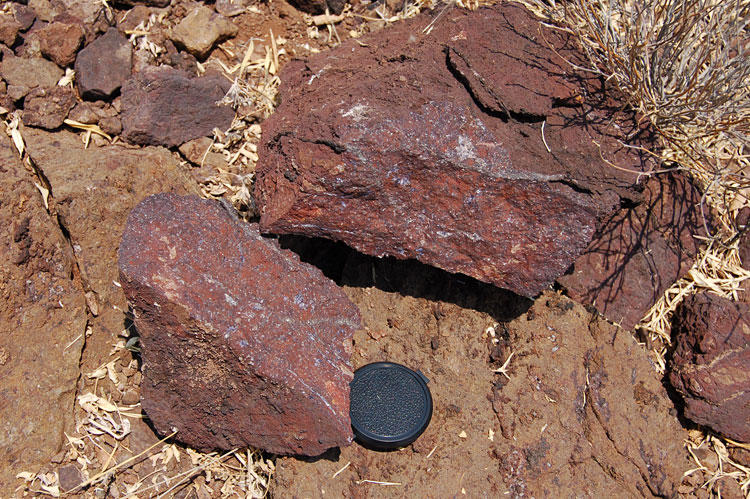
The Lofdal project is the most advanced of the company’s holdings. A 43-101 resource estimate was completed in 2012. The deposit contains 2.9 million indicated tonnes grading 0.08% light REOs and 0.24% heavy REOs. There are 9,234 contained tonnes of REOs with HREO enrichment of 76.3%. The inferred material totals 3.9 million tonnes at 0.07 light REOs and 0.20% heavy REOs. This portion contains 8,973 tonnes of REOs with HREO enrichment of 74.7%.
A preliminary economic assessment was completed in 2014 for a mine and processing plant that would have an annual production of 1,500 tonnes of separate REOs. While soft rare earth prices have meant the project is not moving forward quickly, Namibia says there is potential to expand the current resources with more drilling.
The company’s Epembe tantalum-niobium property in the northern part of the country covers a well-defined, very large multi-phase carbonatite dyke that has been mapped and surface sampled along 10 km — 7 km of which is mineralized. The carbonatite contains variable amounts of pyrochlore, which is enriched with tantalum. There is also phosphate present. Only 15% of the dyke has been drilled with concentrations of 150 parts per million tantalum pentoxide, 1,300 ppm niobium pentoxide and 2.4% phosphate. Namibia intends to advance the project to the preliminary economic assessment stage.
Its Kunene cobalt-copper project is a new discovery in the northern part of Namibia. It covers an area of favourable stratigraphy along strike west of the Opuwo deposit belonging to Celcius Resources. The company plans to test several extensions of the dolomitic ore formation for sediment hosted cobalt and copper, orogenic copper and stratabound zinc-lead mineralization. Most of the occurrences, the company says, are likely related to what has been termed the Streilrand hydrothermal system. There are a number of historic copper-cobalt targets that have not previously been tested for cobalt to follow up.
In addition, the company has three other early stage projects in the country — the Grootfontein nickel-copper-lead-zinc-vanadium-gold property, the Otjiwarongo rare earths and gold property, and the Erongo gold project. Airborne surveys have been flown over Grootfontein and Otjiwarongo, but Erongo has not been systematically explored.
Namibia Critical Metals has a market capitalization of about C$57.4 million.
Newcore Gold
Newcore Gold (TSXV: NCAU; US-OTC: NCAUF) is focusing its near-term energies on its 100%-owned Enchi gold project in Ghana, Africa’s number one gold producer. The deposits lie along one of West Africa’s most prolific and developed gold trends, the Bibiani gold belt. The Enchi project covers 216 sq. km along 40 km of the prolific Bibiani Shear zone, the setting of some of Ghana’s most successful mines. Enchi lies in the Sefwi-Bibiani belt and Kinross Gold’s Chirano mine is about 50 km to the north.
The Enchi property covers several gold occurrences, including the known zones of Boin, Sewum and Nyam. Gold grades near the surface tend to be low, and drilling has only averaged 50 metres to date. No holes have been drilled to more than 200 metres. All the gold zones are open at depth.

In August 2020, an 8,000-metre reverse circulation (RC) drill program was started. The results and those of drilling done in 2017-18 allowed the company to file a 43-101-compliant report in October 2020, which outlined 1.2 million oz. of gold in the inferred category in 52.9 million tonnes grading 0.72 gram gold per tonne. The resource estimate used a cut-off grade of 0.30 gram gold per tonne.
By November last year, the company expanded its exploration drilling by 50,000 metres, including both RC and the first deep diamond drilling.
The company has chosen several high priority gold targets that could expand the near surface oxide resources. As part of the expanded program, drilling this year will test extensions of defined deposits, retest previous holes that had no significant mineralization, and complete first pass drilling of anomalous zones on a 1-km-scale.
On April 28, Newcore increased its 2020-21 drill program to 66,000 metres, including an additional 8,000 metres of RC drilling. It also reported some recent assays from its Kojina Hill gold target, with highlights of 59 metres of 0.79 grams gold per tonne from 61 metres downhole, including 10 metres of 3.03 grams gold over 10 metres from 80 metres.
Other work planned for this year includes metallurgical testing, geotechnical assessments, and a detailed topographic survey. Existing anomalies and targets will also be trenched and sampled geochemically.
The company has a market cap of about C$58 million.
(This article first appeared in The Northern Miner)




